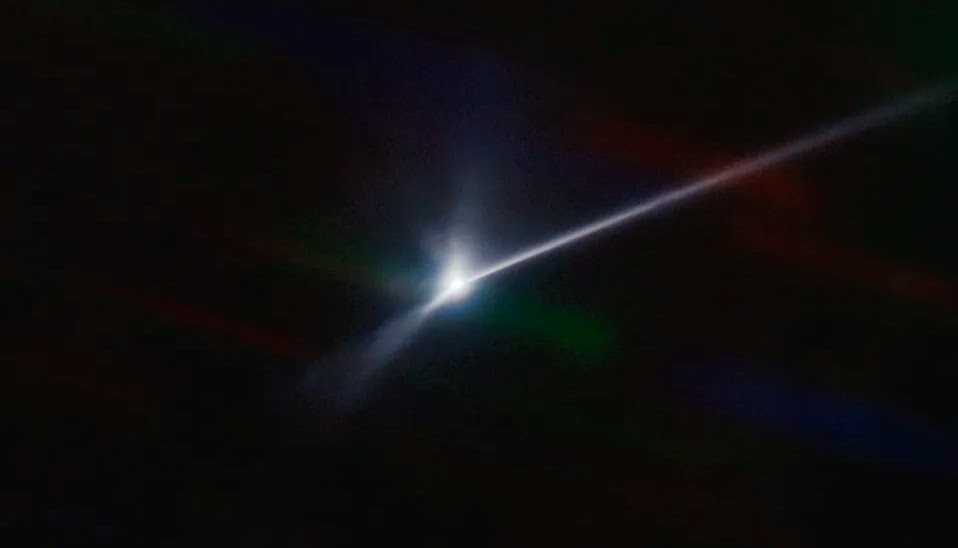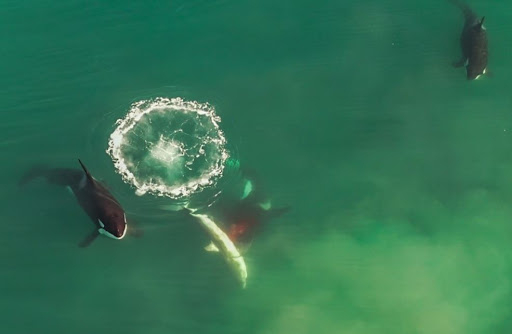NASA’s DART Mission was a smashing success

Image: Shows the 6,000-mile long debris trail left by the mission; credit Teddy Kareta, Matthew Knight/NOIRLab
Humans have officially proven we can alter the cosmos, according to a NASA press release from yesterday documenting the success of its Double Asteroid Redirection Test (DART) mission.
🛰☄️ Background: Like the Incredible Hulk, the DART mission had one mandate, and one mandate only: smash. The driving idea was to see whether a guided crash could divert a potential asteroid impact on Earth, as a way to guard against future destructive – and potentially even civilization-ending – events.
📊 The results… On September 26, a 1,300-pound spacecraft crashed into Dimorphos, a roughly 600-foot-wide asteroid, at ~14,000 MPH, generating the estimated energy equivalent of three-plus tons of TNT.
NASA had defined the minimum threshold of success as altering the asteroid’s orbit by 73 seconds, but said ten minutes was likely. Before the impact, Dimorphos took 11 hours and 55 minutes to circle its parent asteroid.
- The collision ultimately shortened Dimorphos’ orbit by 32 minutes. Which, for the non-mathematically inclined, surpasses the minimum benchmark by over 25x.
📝 Bottom line: While further analysis is needed to determine more of the nitty-gritty deets, like the efficiency of momentum transfer, the mission’s success is a pretty bfd. According to NASA Administrator Bill Nelson, “This is a watershed moment for planetary defense and all of humanity.”
Share this!
Recent Science & Emerging Tech stories

Science & Emerging Tech
| October 7, 2022“Fish are food, not friends” –orcas, probably
🦈🐋 Scientists have provided the first video evidence that orcas (aka killer whales) are capable of hunting and killing great white sharks, per a new study published this week in the peer-reviewed journal Ecology.

Science & Emerging Tech
| October 5, 2022On the origin of species
🌊 Water droplets hold the secret ingredient to creating life from non-living chemicals, per new research published in the peer-reviewed journal PNAS.
You've made it this far...
Let's make our relationship official, no 💍 or elaborate proposal required. Learn and stay entertained, for free.👇
All of our news is 100% free and you can unsubscribe anytime; the quiz takes ~10 seconds to complete
